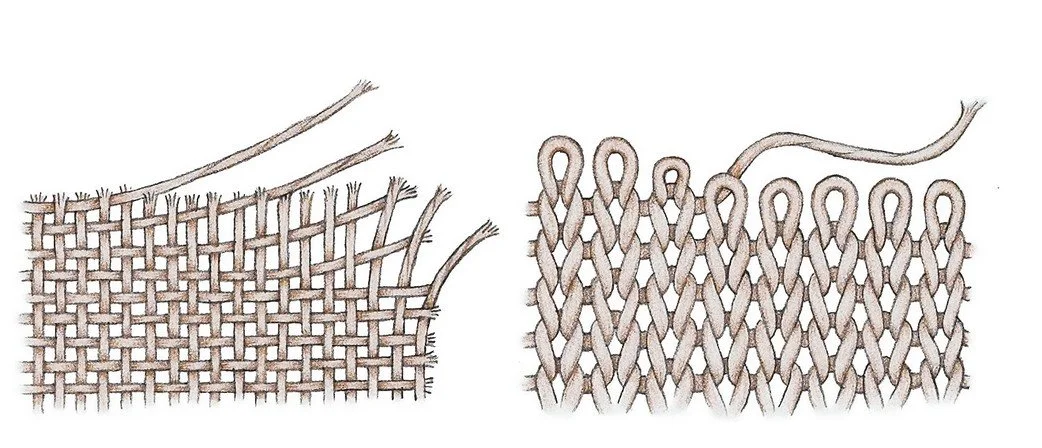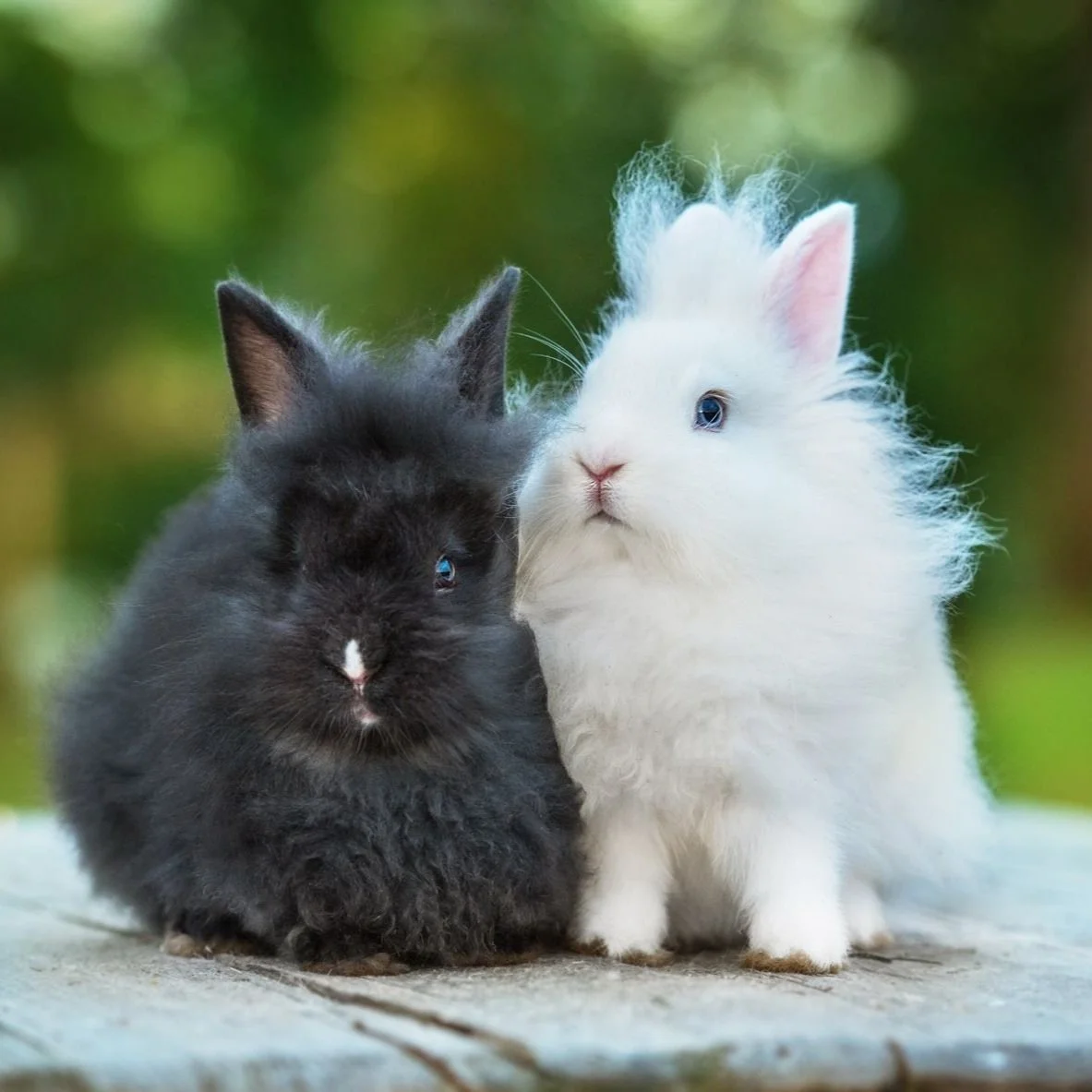Comparing Knitwear Fabrics: Differences and How to Choose
Last week we got a few rainy days and temperatures dropped immediatelly. It went from summer to full autumn almost overnight. So I had to put on a sweater for the first time this year. This made me think about all the options we have and I decided to make an article about it. Fabrics are generally divided into two categories: knitted and woven.
Knits are made by looping one set of yarn, which is why items like T-shirts and sweaters are stretchy and comfortable. Woven fabric, on the other hand, are created by weaving two sets of yarn together, resulting in more structured fabrics used for items like jeans, button-up shirts and trousers.
In this article I want to focus on different knitwear fabrics.
Lambswool
Lambswool knitwear comes from the first shearing of younger sheep, usually when they are about seven months old. This makes it softer than regular wool but not as fine as Merino or cashmere. It’s warm and soft, offering a balance between Shetland and cashmere. It is fairly durable but may pill over time. Since lambswool comes from the first shearing, it is produced in smaller amounts, so it can be more expensive than many other wools. But it is a perfect choice for your first knitwear.
Shetland
Shetland knitwear is made from strong, lightweight wool from Shetland sheep, native to the Shetland Islands in Scotland. While coarse at first, it softens with wear and stays warm due to its water-resistant lanolin. Famous for Fair Isle patterns and simple designs, it's very durable and often passed down through generations. It is also one of my favorite types of knitwear because of its fluffy, soft texture and it comes in many bright colors, so it’s perfect for casual wear. If you are a very casual dresser I would go with this as your first choice instead of Lambswool.
Merino
Merino knitwear is made from soft and fine Merino wool, known for its comfort and breathability. It regulates temperature well, providing warmth without being bulky and can absorb moisture without feeling wet, keeping you dry and comfortable. Though less durable than Shetland wool, it's still strong and ideal for everyday wear. Most of knitwear made from Merino is fine knit, think of John Smedley, so it’s more appropriate for more serious and formal outfits.
Cashmere
Cashmere knitwear is made from the soft undercoat of cashmere goats, offering a lightweight, luxurious feel. It's warm but not as insulating as heavier wools like Shetland. Cashmere is expensive and more delicate, prone to pilling, and needs careful handling, so this will probably not be your first choice if you are only getting into the knitwear. It is good option if you are looking for something nice that you can perfectly match with tailoring.
Cotton
Cotton knitwear is made from cotton fibers and is lightweight, breathable, and soft. It’s perfect material for summer knitwear. It’s not as warm as wool, making it better for warmer weather or layering. It’s comfortable on the skin, absorbs moisture and is easy to care for. It's not as warm or stretchy as wool but is preferred for its comfort and versatility in casual items like sweaters, polos, and t-shirts.
Alpaca
Alpaca knitwear is made from soft, silky alpaca fibers, usually from Peru. It’s warmer than wool but lighter, making it great for all seasons. More durable than cashmere, alpaca knitwear naturally resists pilling.
Angora
Angora wool is made from the soft, fluffy coat of the Angora rabbit. However, there are concerns about animal welfare because many rabbits are kept in poor conditions and are often plucked instead of being sheared. This raises ethical issues about how the wool is harvested, causing many brands to choose not to use it.
There are some other knitwear options like linen blend and others that are not so common that I left out this time, but feel free to ask me about them and I will gladly answer your questions.
related articles













A roll neck is a collar style that folds over and covers the neck.